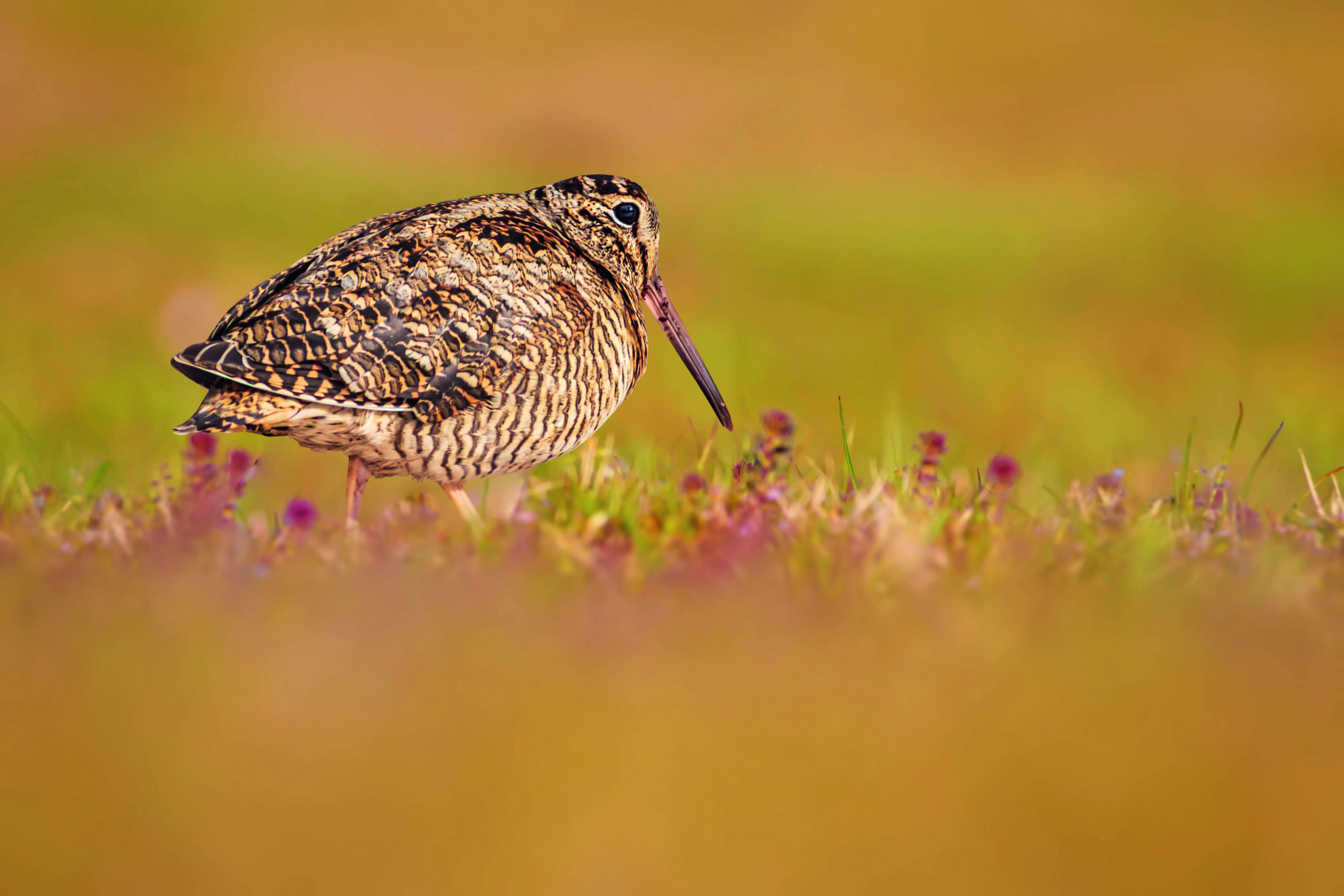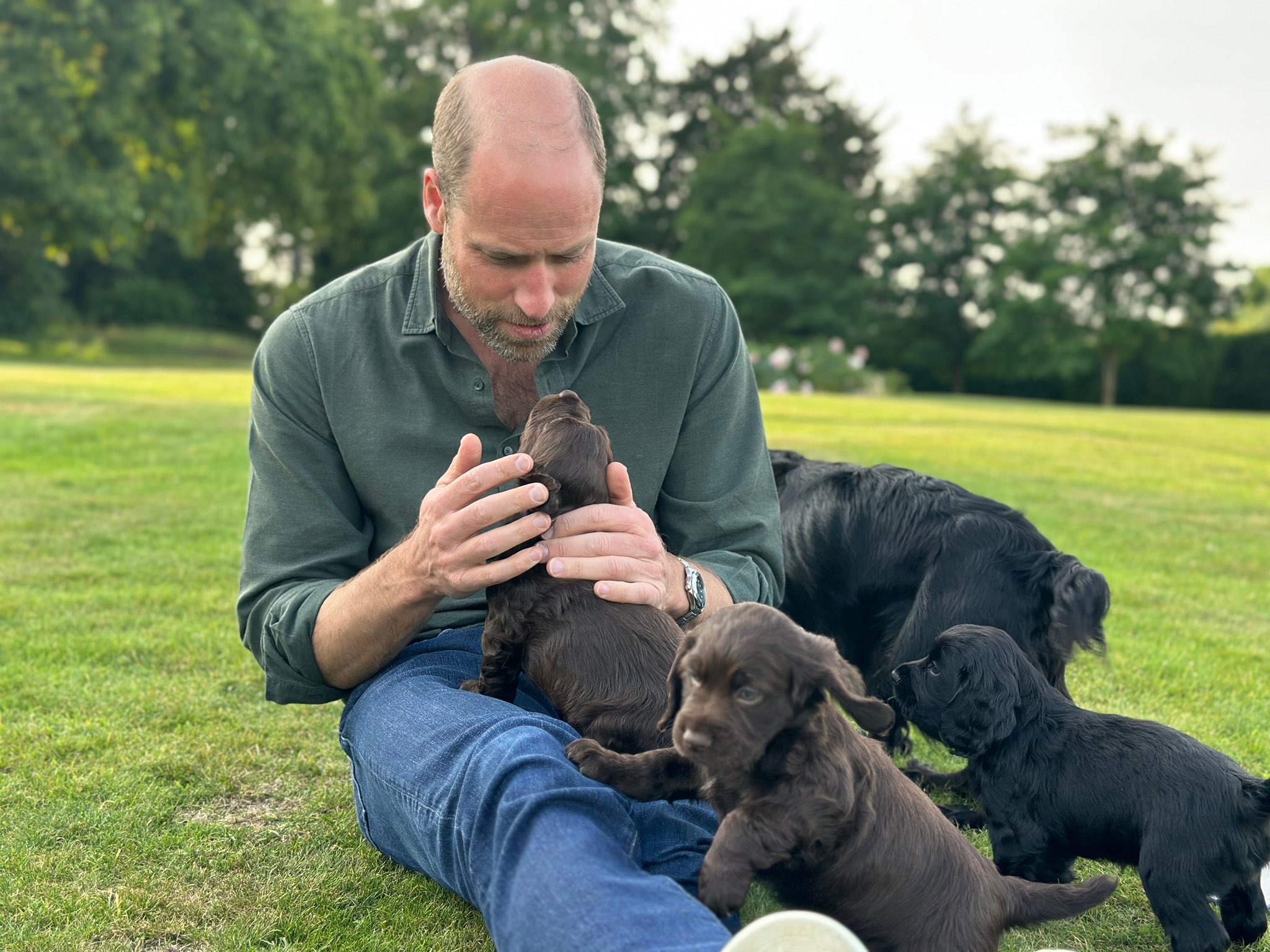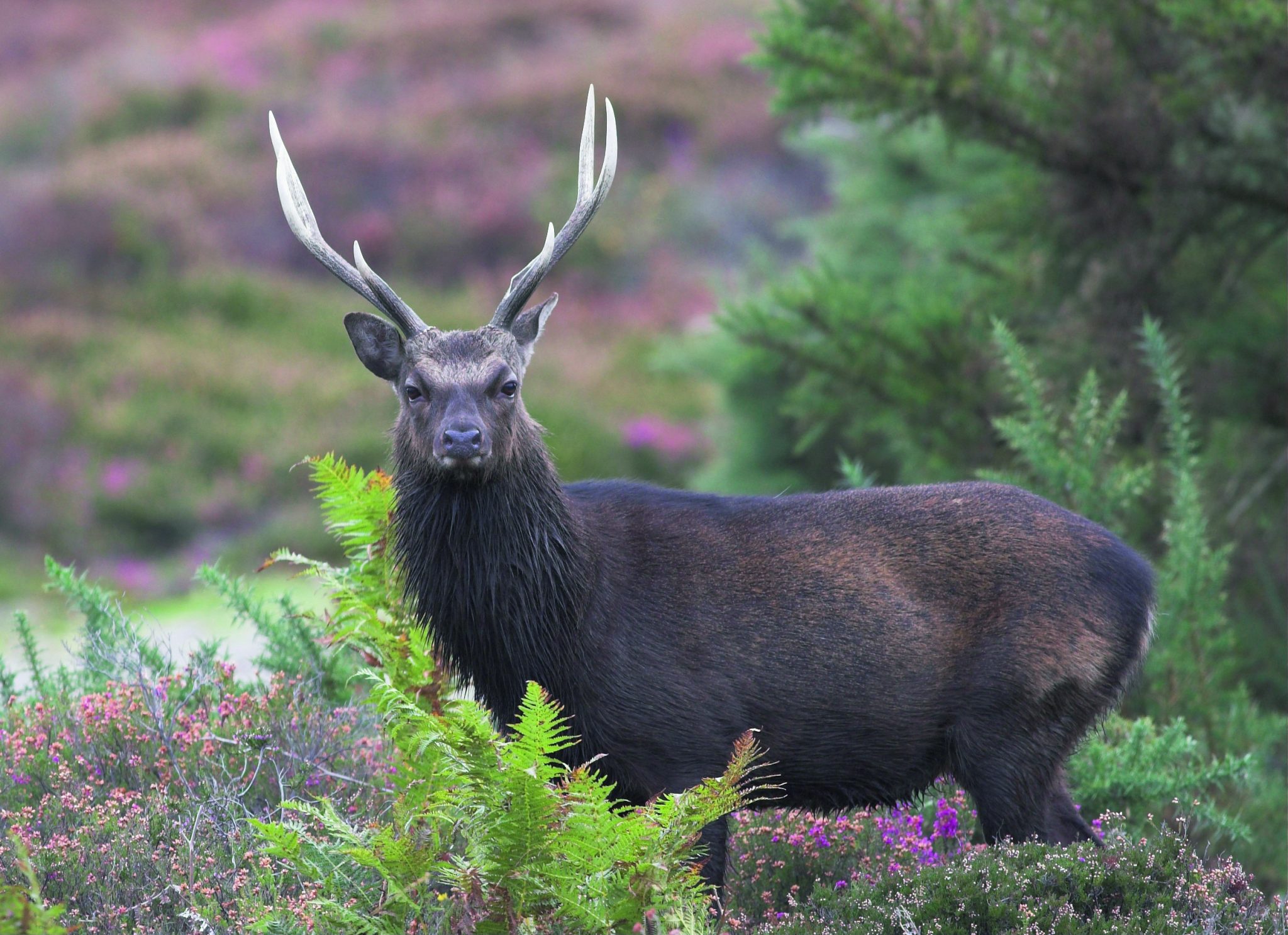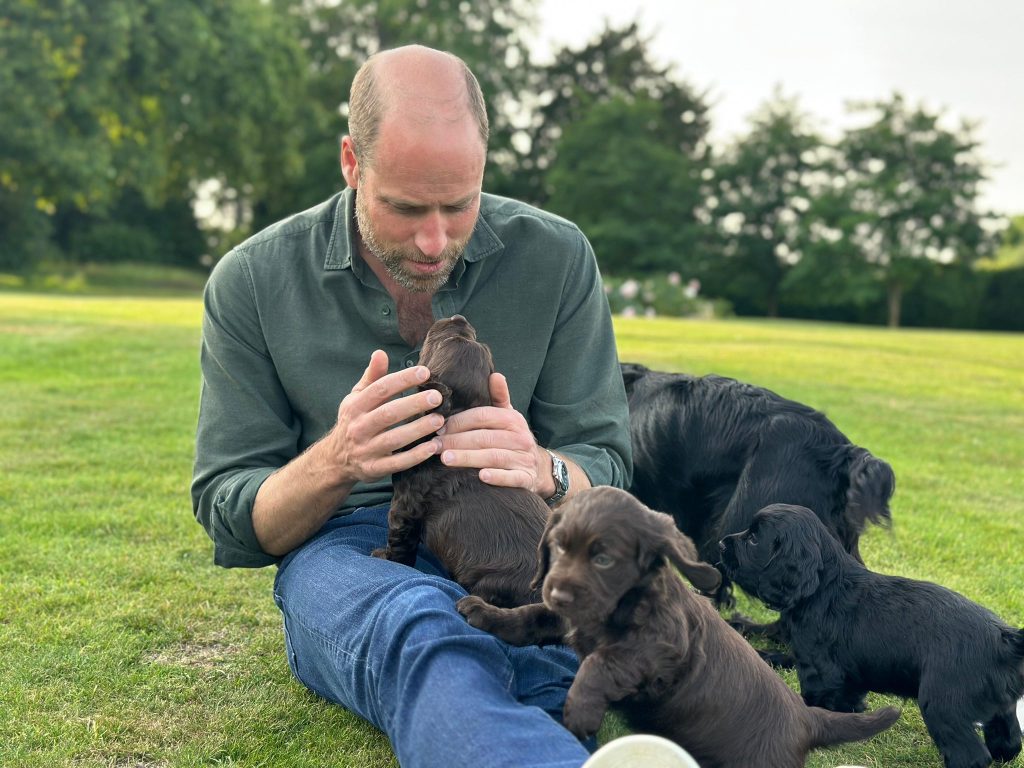News
Conserving our wildfowl for the next generation
Would you like to speak to our readers? We offer sponsored articles and advertising to put you in front of our audience. Find out more. Bird photo in an impressive background. Colorful nature background. Eurasian Woodcock.
Bird photo in an impressive background. Colorful nature background. Eurasian Woodcock.
Recent research has indicated that nine out of 10 people who shoot woodcock now only do so after 1 December, when the UK resident population is swelled by the influx of migrant birds. This provides a working example where self-regulation in response to a collective sector-led effort has the potential to conserve wild quarry.
Calls for voluntary restraint on the shooting of woodcock are based on many research studies, and evidence for some other quarry bird species indicates that we need to act now to ensure that shooting of those birds also remains sustainable.
Based on a review of the evidence, BASC has published a Sustainable Shooting Code of Practice for Wildfowl Quarry Species. It contains recommendations that we should all be aware of and, where relevant, act on.
Shooting is unlikely to be causing population declines but reducing shooting pressure through targeted measures may help population recovery. The code also contains various research and conservation recommendations for each species.
Pochard: please do not shoot pochard. The population is in decline across Europe, and action is required across its flyway.
Pintail: do not take more than two birds per day and target male birds where possible. The northern pintail shows a 10- year wintering population decline in the UK of greater than 25% between 2008-18.
European white-fronted geese: do not take more than two birds per day. The white-fronted goose population shows a moderate decline in the UK in the medium-term and a significant decline of greater than 50% in the long-term.
Woodcock: avoid shooting woodcock in areas where resident woodcock are present until the major fall of migrant woodcock from late November onwards. The UK breeding population has shown substantial declines in range and size over the past 20-plus years.
Goldeneye: delay shooting until October where resident breeding birds are present. Goldeneye show a 10-year wintering population decline here of more than 25%.
Common snipe: delay shooting until September where resident breeding common snipe are present. The snipe breeding population has experienced a marginal decline, while wintering numbers have shown a more moderate decline.
Upper limits
The code also contains species-specific shooting and conservation recommendations for scaup, coot and moorhen. More generally, it recommends an overall bag limit of 10 ducks and six grey geese per visit. These should not be deemed targets but upper limits for consideration. In some circumstances such numbers will be too high, either for personal consumption, the location, or individual populations.
BASC, and WAGBI before it, has advocated self-regulation of shooting since 1908. BASC Council, its Wildfowling Liaison Committee and BASC staff have been involved in the development of the Sustainable Shooting Code of Practice for Wildfowl Quarry Species. The code has been positively received by wildfowling clubs with 45% of BASC-affiliated clubs already adopting the recommendations.
We ask that everyone interested in the shooting and conservation of wildfowl reads and considers personally adopting the code recommendations for wildfowl in every part of the UK. That includes farmland, woodland, uplands, not only coastal marshes and estuaries.
Together, we can ensure that self-regulation (see p38) continues to maintain a sustainable harvest of wildfowl. If the code recommendations are widely supported, as we have seen with the shooting of woodcock, that will strengthen our argument against further one-size-fits-all regulations being imposed upon us.
Related articles
News
PETA attacks royal couple for breeding cocker pups
The Prince and Princess of Wales have faced criticism from animal rights group PETA after they had a litter of puppies
By Time Well Spent
News
Farmers launch legal review against Reeves’s farm tax
Chancellor Rachel Reeves faces a judicial review over inheritance tax reforms that could force family farms out of business
By Time Well Spent
Manage Consent
To provide the best experiences, we use technologies like cookies to store and/or access device information. Consenting to these technologies will allow us to process data such as browsing behavior or unique IDs on this site. Not consenting or withdrawing consent, may adversely affect certain features and functions.
Functional Always active
The technical storage or access is strictly necessary for the legitimate purpose of enabling the use of a specific service explicitly requested by the subscriber or user, or for the sole purpose of carrying out the transmission of a communication over an electronic communications network.
Preferences
The technical storage or access is necessary for the legitimate purpose of storing preferences that are not requested by the subscriber or user.
Statistics
The technical storage or access that is used exclusively for statistical purposes.
The technical storage or access that is used exclusively for anonymous statistical purposes. Without a subpoena, voluntary compliance on the part of your Internet Service Provider, or additional records from a third party, information stored or retrieved for this purpose alone cannot usually be used to identify you.
Marketing
The technical storage or access is required to create user profiles to send advertising, or to track the user on a website or across several websites for similar marketing purposes.





